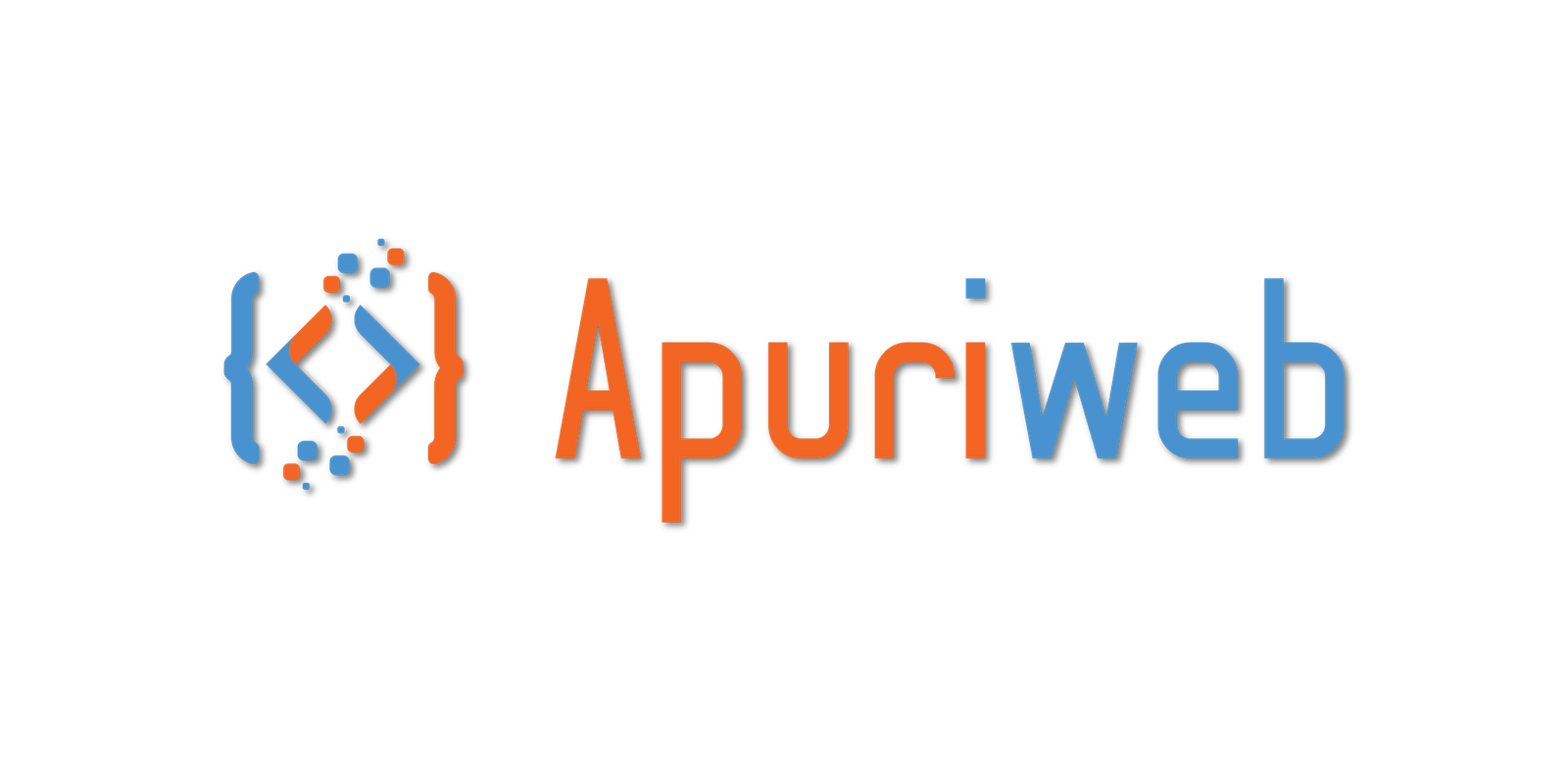
All three platforms – Facebook, Twitter, and Instagram – can be important for businesses, but their significance depends on various factors such as your target audience, industry, goals, and resources.
Let’s take a closer look at each platform’s characteristics and how they can benefit businesses:
Facebook:
Audience:
With billions of users, Facebook has a wide demographic reach, making it suitable for businesses targeting a diverse audience.
Content:
Facebook supports various content types, including text, images, videos, articles, and live streams.
Engagement:
The platform offers tools for engagement, including comments, likes, shares, and private messaging.
Advertising:
Facebook provides robust ad targeting options, making it valuable for businesses looking to run targeted ad campaigns.
Importance:
Facebook is effective for brand awareness, community building, customer engagement, and driving website traffic.
Twitter:
Audience:
Twitter’s audience is characterized by real-time conversations and trending topics, making it suitable for businesses with timely updates.
Content:
The platform emphasizes concise messages within its character limit, ideal for quick updates, news, and interaction.
Engagement:
Twitter facilitates direct conversations with customers and industry peers through mentions and hashtags.
Advertising:
While Twitter’s ad options may not be as extensive as Facebook’s, it still offers promotional opportunities.
Importance:
Twitter is valuable for news-sharing, customer service, industry networking, and building a brand’s voice.
Instagram:
Audience:
Instagram is popular among younger users who engage with visual content.
Content:
The platform focuses on images and short videos, making it perfect for visually appealing content and storytelling.
Engagement:
Instagram’s engagement is based on likes, comments, and direct messages. Stories and IGTV also contribute to interaction.
Advertising:
Instagram offers visually immersive ad formats and integrates with Facebook’s ad platform.
Importance:
Businesses that can showcase their products, services, and culture through visuals find Instagram beneficial for brand identity, product promotion, and storytelling.
Whether all three platforms are important for your business depends on your specific goals and audience. Here are some considerations:
Target Audience:
Are your potential customers active on these platforms? Tailor your choices to where your audience spends time.
Content-Type:
Different content formats suit different platforms. If your content relies heavily on visuals, Instagram might be more relevant.
Resource Allocation:
Managing multiple platforms requires time and effort. Assess whether you have the resources to maintain an active and engaging presence on all three.
Goals:
Define your goals, whether it’s brand awareness, lead generation, customer engagement, or something else. Choose platforms that align with your goals.
In many cases, a multi-platform approach can be effective, but it’s important to maintain a consistent brand voice and adapt your content to each platform’s strengths. Ultimately, the platforms you choose should align with your business’s unique characteristics and objectives.
